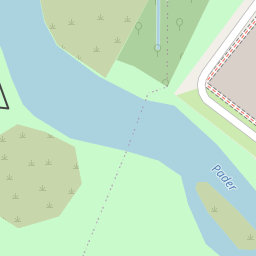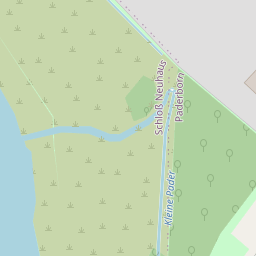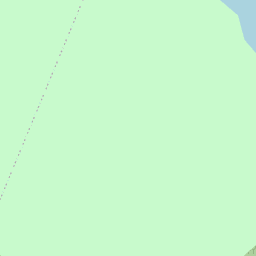Miniaturized Radar Sensor for autonomous aircrafts - Development of a 122GHz Radar Module
Overview
In cooperation with partners from industry and universities our group develops a highly integrated 122GHz radar module for use in Unmanned Aerial Vehicle (UAV) applications. Based on a 122 GHz Radar IC as shown in Fig. 1 an extremely miniaturized sensor module will be developed.
Electromagnetic waves in the frequency range above 100 GHz penetrate dust, smoke and fog, and are unaffected by the varying viewing conditions. Through the use of antennas and lenses large ranges (ca. 50 meters) and on the other hand, a high accuracy (less than 1 millimeter) in distance measurements can be realized. Additional information on the approaching speed to other objects and the direction from which an object approaches can be obtained using appropriate radar techniques. The extreme high operation frequency of 122 GHz in our sensor leads to very short wavelengths in air (λ < 3mm). This allows to miniaturize the transmit and receive antennas so that the antennas can be integrated into a single package together with the electronic IC. This leads to ultra-compact and light-weight sensors (cf. Fig. 1) and could be considered the “world’s smallest Radar sensor”.
The Radar sensor IC has been previously developed in the EU project SUCCESS (Silicon Ultra-Compact Cost-Efficient Sensor System Design). In this successor project to SUCCESS we further develop the radar sensor to serve as a fully-featured, high-end, miniaturized sensor for autonomously navigating UAVs. The realization of autonomous vehicles and aircrafts requires a variety of sensors to enable a high degree of automation. The perception of the environment is currently realized by a variety of different sensors like cameras, GPS, acceleration, pressure, and rain sensors. In the future radar sensors are becoming increasingly important. Today, they are found already in other applications such as in the velocity, distance, fluid level measurement or for motion detection in automotive, aircraft, and industrial applications. However currently most radar sensor solutions are much too bulky and heavy-weight to be implemented in small UAVs such as quadrocopters. The key to the further acceptance of this technology is reduction of cost, weight, and size of the used hardware components which seems feasible with our novel miniaturized radar sensor module.
The miniaturized radar module is developed in cooperation with AirRobot GmbH, PKTEC GmbH, Silicon Radar GmbH, Leibniz Institute for Innovative Microelectronics (IHP), and the Karlsruhe Institute of Technology (KIT) with funds from the Zentrales Innovationsprogramm Mittelstand (ZIM) of the Federal Ministry of Economy and Energy (grant number: KF2296404). The activities of our research group focus on the electronic hardware development of a miniaturized radar sensor module with emphasis on precise sensing and safe operation for flight applications. Fig. 3 shows the basic sensor implementation concept using rigid-flex PCB technology.
Key Facts
- Project duration:
- 01/2013 - 12/2018
- Funded by:
- EU
More Information
Contact
If you have any questions about this project, contact us!
Stephan Kruse, M.Sc.
System and Circuit Technology / Heinz Nixdorf Institut
Wissenschaftlicher Mitarbeiter






















